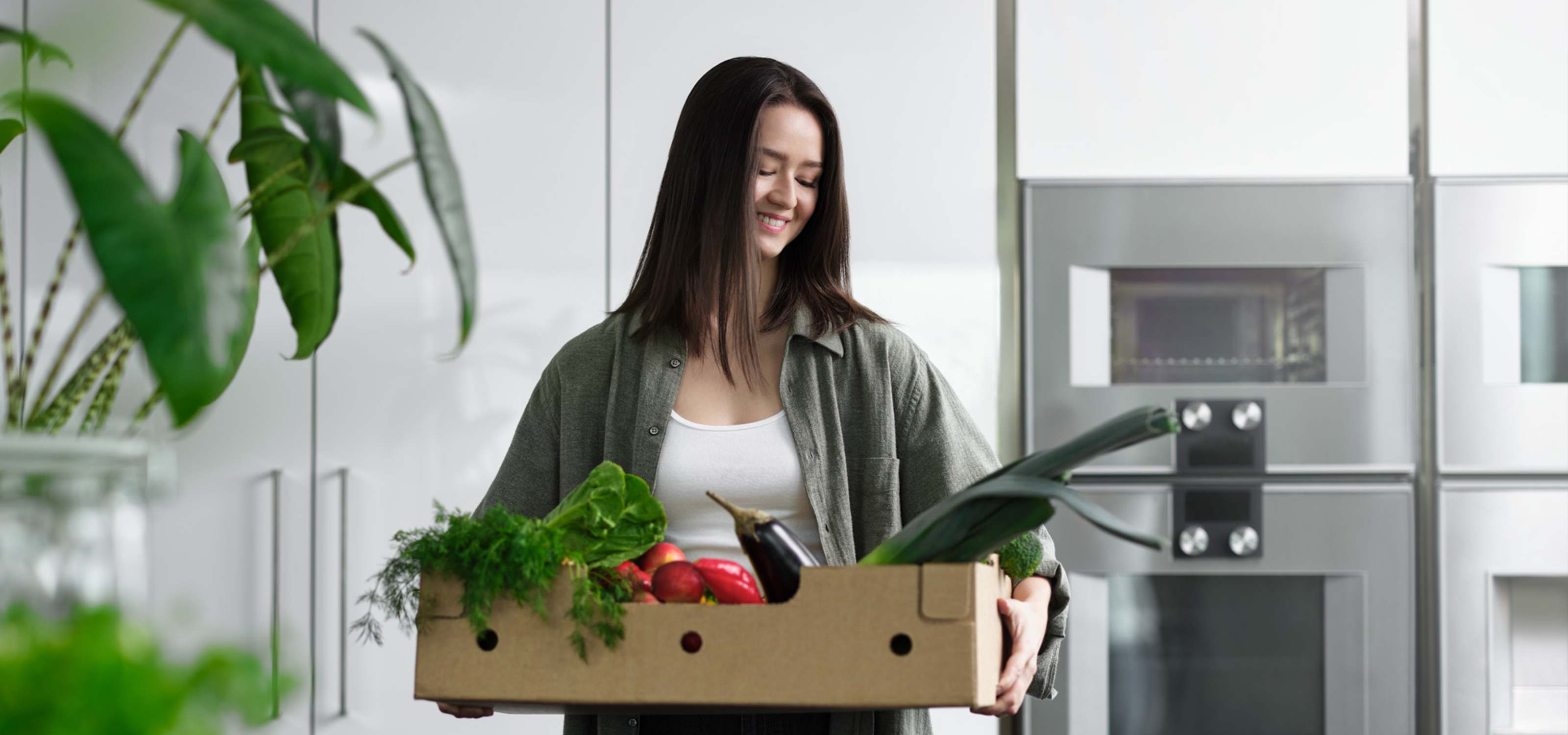Why Your Grocery Business Needs Dedicated Fulfillment
Out-of-store fulfillment spaces, also known as pick areas and dark stores, are taking the place of in-store "shoppers" to fulfill online orders. Learn more.
With an unprecedented growth in online shopping, questions abound about the most cost-effective ways to manage a supply chain that can handle surges and disruptions. Those questions have prompted AutoStore to present a four-part blog series on the topic, starting with a look at the problems of in-store picking, which is often a grocer’s first choice method, because it requires the least change to infrastructure. Since that method is increasingly proving to be flawed, we now turn to a more viable option: dedicated out-of-store fulfillment spaces, also known as fast pick areas and dark stores.
What are they, and what do they do?
Essentially, fast pick areas and dark stores solve the problems posed by in-store picking by taking the picking out of the store. Simply put, they’re storage areas that double as a dedicated space to process online orders. (For the purposes of this blog, we will use the two terms interchangeably; the main difference is that dark stores are bigger and can process more inventory.)

Here are some potential benefits of utilizing dark stores and fast pick areas:
- They allow for more accurate inventory management. By dedicating space for processing online orders, you separate your in-store and online inventories, making both easier to track. In dark stores, there are no customers taking items off shelves amidst those fulfilling online orders, so you can keep more accurate tabs on your online inventory.
- They save space. How can fast pick areas save space, when they add to or even multiply your store's existing footprint? Because they require neither aesthetic considerations (such as displays and signage) nor shopper experience considerations (like wide aisles and cashier kiosks). That means dark stores can accommodate and move more inventory per square foot than a regular store.
- They can save real-estate costs. This is true for several reasons. First, one dark store can cater to several grocery stores, so the cost of real estate can be shared. Second, it doesn’t have to be located in a desirable area, like a foot-trafficked storefront does; your dark store can be wherever real estate is most affordable (within reason, given shipping times and costs).
- They can optimize SKU management. Grocery has always struggled with managing SKUs, given the sheer number of them within each item category (for example, “bread” can require dozens of different SKUs for each of its possible labels, such as organic, whole wheat, sourdough, etc). By optimizing inventory accuracy, and by eliminating the wild card of customers picking through shelves, dark stores streamline the storage and fulfillment processes that so often add more complication to SKU management.
- Dark stores can increase fulfillment accuracy. With a more efficient inventory system, and with staff and space dedicated to online fulfillment, order mistakes and mix-ups will occur less frequently.
- They can handle perishable goods more effectively. One of the long-standing problems posed by digital grocery is the varying requirements of items. Some foods must be kept frozen (such as meat); others must be kept refrigerated (such as vegetables). Inside a regular store, these requirements may not be met because the staff and space for processing the order is often convoluted with in-store traffic and space constraints. In a fast pick area or dark store, orders can be fulfilled with more attention paid to their individual requirements.
- They allow for a better in-store experience. In-store picking, whether it’s by third-party “shoppers” or your own employees, causes congested aisles and long lines, often leading to irritated in-store shoppers. Dark stores free up the aisles in your regular store, so there’s less foot traffic and a more relaxed shopping experience.
In a supply chain that utilizes well-run dark stores or fast pick areas, all these benefits add up to significant competitive advantages, such as expanding the area your business serves, increasing product availability, and reducing the cost of operations.

What challenges do they pose?
Fast pick areas and dark stores can operate either manually, using automation such as AI and robotics technology, or any blend of the two. That flexibility is what makes it scalable, not only as your customers increasingly turn to eCommerce, and also as robotics technology becomes more available and affordable.
Of course, establishing a dark store may require substantial overhead at the outset, as well as a drastic restructuring of your store’s layout and management systems. This can be a difficult transition without strong support and a clear vision. That’s why it’s essential that your business understands the inner workings of dedicated fulfillment centers and the various technologies available, and how switching to this model might change your business over time.
Where are we seeing them already?
Some grocery stores that have closed are being converted to dark stores. For example, three Sam’s Club locations have become dedicated fulfillment centers serving their parent company, Walmart. As of late 2019, Ahold Delhaize reported an investment of $480 million to convert and optimize fast pick areas and dark stores, all in the Northeast, as part of its plan to bolster its eCommerce platform.
Not surprisingly, the recent health crisis has accelerated many grocers’ adoption of dark stores. In recent months, some of the biggest chains in the country – including Kroger, Whole Foods, Stop & Shop, and Giant Foods – have all reported opening temporary or permanent dark stores to support the increased demand for online grocery.











